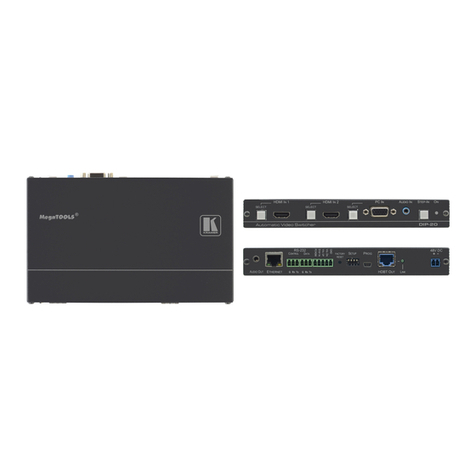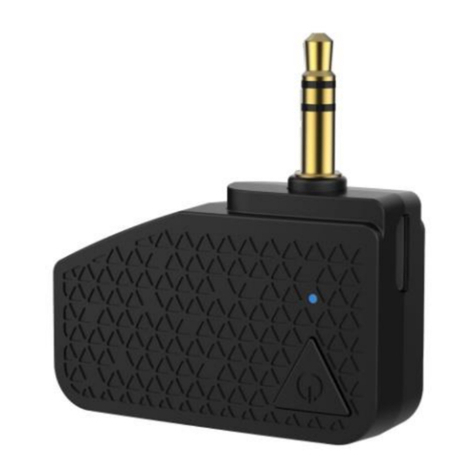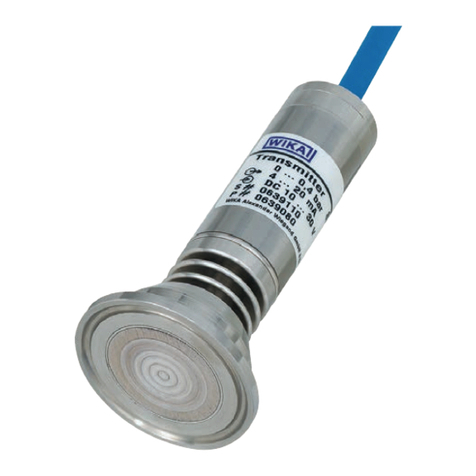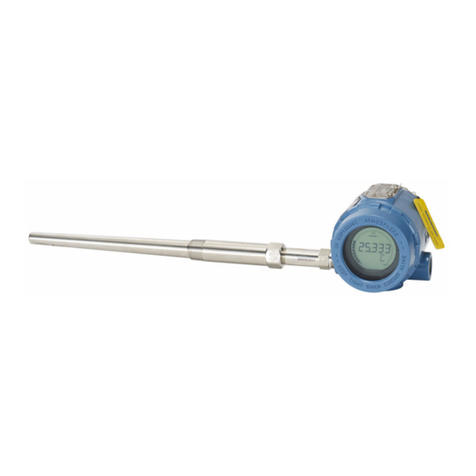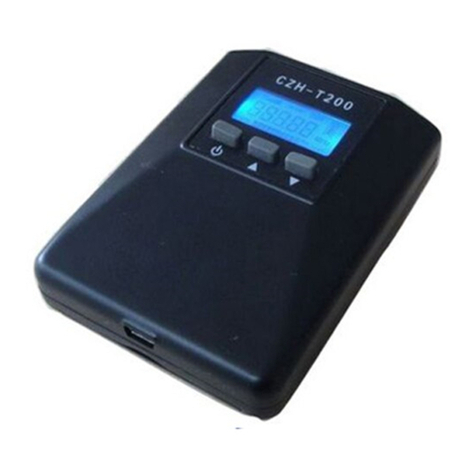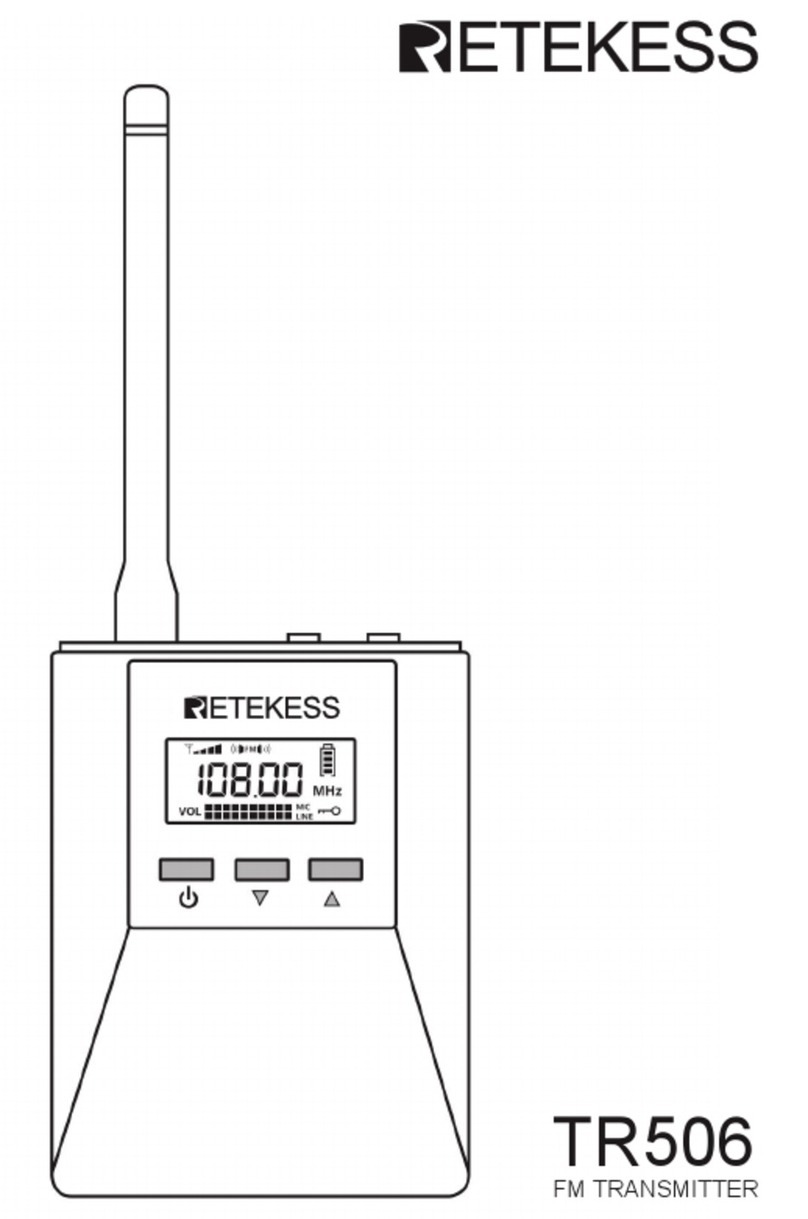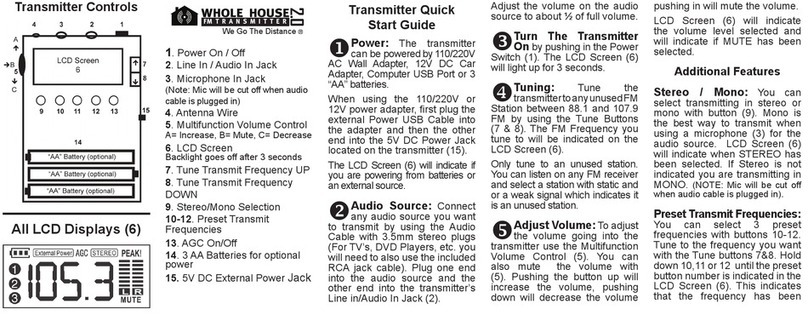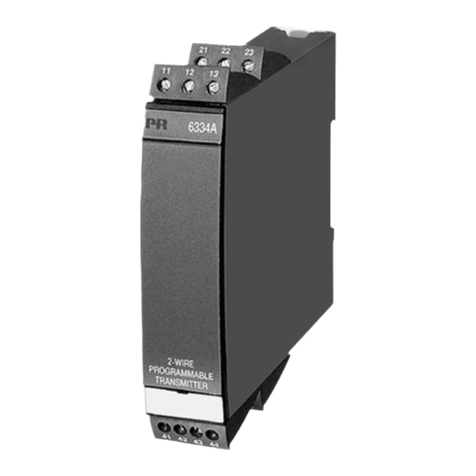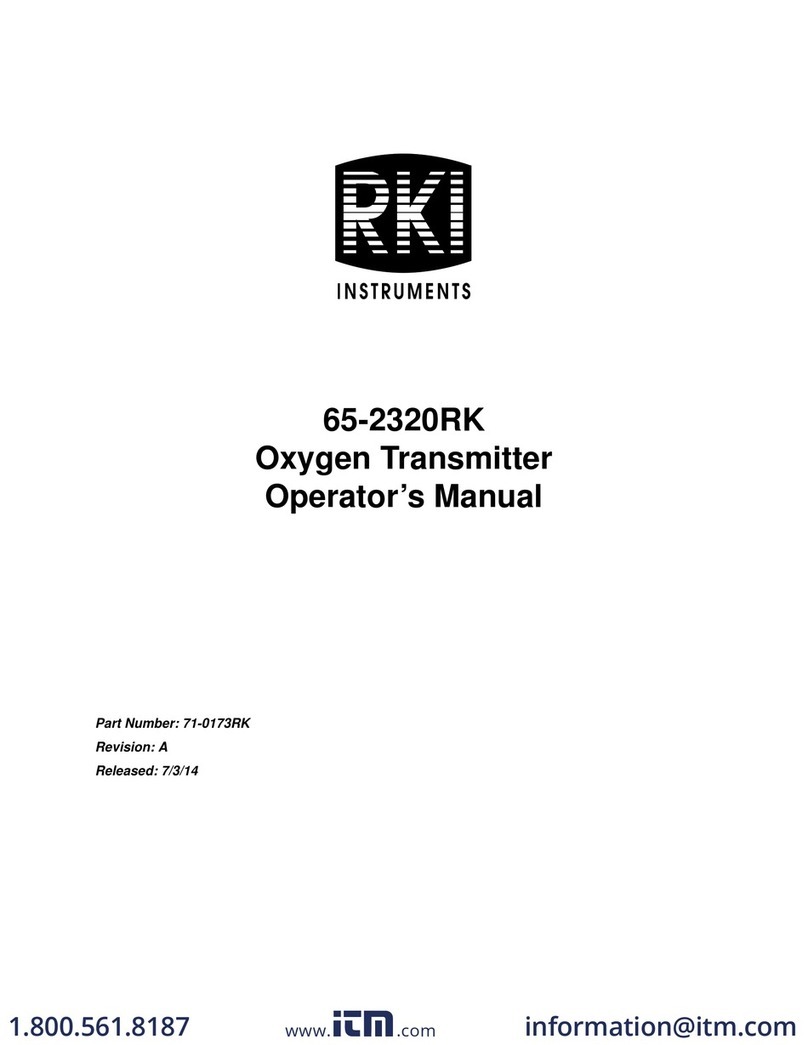Transducer Techniques SST User manual

OPERATOR MANUAL
PLUG AND PLAY IEEE 1451.4 COMPLIANT
SMART SENSOR TRANSMITTER
Techniques
Transducer
R
SST

- 2 -
TABLE OF CONTENTS
1. TEDS IEEE 1451.4 INTRODUCTION .................................................................................. 3
2. SST TRANSMITTER INTRODUCTION................................................................................ 4
3. RECEIVING & UNPACKING YOUR TRANSMITTER ........................................................... 5
4. SAFETY CONSIDERATIONS .............................................................................................. 5
5. TRANSMITTER FIELD WIRING ......................................................................................... 6
6. READOUTS IN TEDS MODE .............................................................................................. 7
7. PROGRAMMING YOUR TRANSMITTER............................................................................ 8
- COMMUNICATIONS........................................................................................................ 9
- SIGNAL & CONTROL INPUTS......................................................................................... 11
- SCALING......................................................................................................................... 12
- FILTERING...................................................................................................................... 13
- RELAY ALARMS ............................................................................................................. 14
- ANALOG OUTPUT........................................................................................................... 15
- ADDITIONAL PROGRAMMABLE FEATURES................................................................... 15
8. OPENING YOUR TRANSMITTER CASE ............................................................................. 18
9. MAIN BOARD JUMPER SETTINGS ................................................................................... 19
10. LOAD CELL SIGNAL CONDITIONER BOARD JUMPER SETTINGS .................................... 20
11. TRANSMITTER CALIBRATION .......................................................................................... 20
12. DUAL RELAY OPERATION ............................................................................................... 21
13. MODBUS PROTOCOL TRANSMITTER COMMUNICATIONS.............................................. 24
14. CUSTOM ASCII PROTOCOL TRANSMITTER COMMUNICATIONS .................................... 29
15. SST TRANSMITTER SPECIFICATIONS.............................................................................. 34
16. ACCESSORIES .................................................................................................................. 36
17. WARRANTY ...................................................................................................................... 38
REVISED 11/2019

- 3 -
1. TEDS IEEE 1451.4 INTRODUCTION
Model SST is a TEDS IEEE 1451.4 Plug and Play Smart Transmitter for TEDS IEEE 1451.4 com-
pliant Load Cell / Torque Sensors. Such sensors incorporate an EEPROM which specifies the type
of sensor, its interface, and technical information such as sensitivity, bridge type, excitation, etc.
TEDS, or Transducer Electronic Data Sheet, is a set of electronic data in a standardized format
defined by the IEEE 1451.4 Standard.
The SST transmitter automatically detects when a TEDS IEEE 1451.4 compliant Load Cell /Torque
Sensor has been connected to it by using a built-in EEPROM detector. It then reads the Sensor
EEPROM, stores the information in its memory, and performs an automatic configuration. The
EEPROM may be of any of the following types: DS1973/DS2433, DS2431 or DS1971/ DS2430A.
The automatic system configuration function performs all steps needed to calibrate the TEDS IEEE
1451.4 compliant Load Cell /Torque Sensor and SST Transmitter as a system. This includes the
configured precision of either 32 bits, 19 bits or 11 bits and the configured excitation voltage.
Interfacing the SST Transmitter to a TEDS IEEE 1451.4 compliant Load Cell /Torque Sensor is as
easy as plugging a mouse into a computer, making it a true plug-and-play experience.

- 4 -
2. SST TRANSMITTER INTRODUCTION
The SST Transmitter is an extremely accurate and versatile DIN rail transmitter for Load Cell /
Torque Sensors. Standard features include:
Accuracy of 0.01% of full scale ± 1 count.
Update rate to 60/sec in 60 Hz noise environments or 50/sec in 50 Hz noise environments.
Full-scale range from 20.000 mV full scale (1 μV resolution) to 500.00 mV full scale
(10 µV resolution).
Isolated transducer excitation output. 5V at 100mA or 10V at 120mA as selected by TEDS. In
non-TEDS operation, the excitation is always 10V.
Isolated 4-20 mA, 0-20 mA, 0-10V or -10V to +10V analog output. The signal types are
selectable via jumpers. The output tracks the transmitter’s internal digital reading, is scaled in
software, and is generated by an ultra-linear 16-bit digital-to-analog converter.
Isolated serial data transmitter output. The transmitter serial port is default jumpered for
RS232 or full-duplex RS485 (same jumper settings). Half-duplex RS485 is also selectable
either via internal or external jumpers. Three serial protocols are software selectable: Modbus
RTU, Modbus ASCII and Custom ASCII. Modbus allows devices by different manufacturers to
be addressed on the same data line. The simpler Custom ASCII protocol is recommended
when there are no devices by other manufacturers on the data line.
Dual solid state relays rated 120 mA at 140 Vac or 180 Vdc.
Isolation to 250V rms is provided for power, signal input, analog output, relay outputs, and
communications. Isolation adds safety and avoids possible ground loops. The transducer
excitation output is isolated to 50V from signal ground.
Internal jumpers are used to select the signal range, communication type, and excitation level.
The transmitter configuration is specified by the model number on the transmitter label. A user
can reconfigure the transmitter by opening the case and moving jumpers.
Transmitter setup is via serial connection to a PC using MS Windows based Instrument Setup
Software plus TEDS IEEE 1451.4 when detected. The setup software can be downloaded at no
charge from http://www.transducertechniques.com/online-manuals.aspx. The required trans-
mitter to PC interface cable is available for purchase. With a TEDS IEEE 1451.4 compliant
Load/Torque Sensor, the transmitter and sensor are calibrated as a system.

- 5 -
3. RECEIVING & UNPACKING YOUR TRANSMITTER
Your transmitter was carefully tested and inspected prior to shipment. Should the transmitter be
damaged in shipment, notify the freight carrier immediately. In the event the transmitter is not
configured as ordered or is inoperable, please contact Transducer Techniques.
4. SAFETY CONSIDERATIONS
Warning: Use of this transmitter in a manner other than specified may impair the protection
of the device and subject the user to a hazard. Do not attempt to operate if the unit shows visible
damage.
Cautions:
This unit may be powered from 95-240 Vac ±10% or with the worldwide voltage power supply
option, or from 12-30 Vac or 10-48 Vdc with the low voltage power supply option. Verify that
the proper power option is installed for the power to be used.
The 95-240 Vac ±10% power connector (P1 Pins 1-3) is colored Green to differentiate it from
other input and output connectors. The 12-30 Vac or 10-48 Vdc power connector is colored
Black. This transmitter has no power switch. It will be in operation as soon as power is
applied.
To avoid dangers of electrocution and/or short circuit, do not attempt to open the case while
the unit is under power.
To prevent an electrical or fire hazard, do not expose the transmitter to excessive moisture.
Do not operate the transmitter in the presence of flammable gases or fumes, as such an
environment constitutes an explosion hazard.
Symbols used:
Caution (refer to accompanying documents)
Earth (ground) terminal.
Caution, risk of electric shock.
Both direct and alternating current.
Equipment protected throughout by double
insulation or reinforced insulation.
Operating environment:
Transmitter Class II (double insulated) equipment designed for use in Pollution degree 2.

- 6 -
5. TRANSMITTER FIELD WIRING

- 7 -
P6 Wiring Detail
6. READOUTS IN TEDS MODE
When a SST Transmitter connected to a TEDS transducer is powered on, the transmitter reads
the data stored in the transducer. The excitation supply is automatically set to the correct
value, and the SST then calculates the correct scaling to calibrate the SST and transducer as a
system. The jumper on the signal conditioner board must be set for the 50 mV range. See
Section 10. If the Maximum Physical Value of the TEDS sensor exceeds 100,000, the
calculated scale and offset are divided by 10, and the reading is in 10's of units.
DPM-3-TRES Reader_Editor Software, which is available from Transducer Techniques as an
Accessory (see Section 17), allows the electronic data sheet for the transducer to be read
through the RS232 port of the transmitter and be displayed on a computer screen. The values
can be then be modified (e.g., to display kilograms instead of pounds) and be written back
into the transducer.
Instrument Setup (IS) Software can be used to further scale the reading or change decimal
points. For example, if the full scale of the transducer is 50 pounds, the transmitter can be
programmed to transmit 50, 50.0, 50.00, or 50.000 at full scale output –or an equivalent
value in kilograms. Please see the next section of this manual.

- 8 -
7. PROGRAMMING YOUR TRANSMITTER
OVERVIEW
The SST Transmitter is easily programmed using a PC with an RS232 port and Instrument
Setup (IS) software, which provides a graphical user interface. This software is downloadable
at no charge from http://www.transducertechniques.com/online-manuals.aspx. It allows up-
loading, editing, downloading and saving of setup data, execution of commands under
computer control, listing, plotting and graphing of data.
If your PC has an RS232 port, the transmitter and PC can be connected via the 3-wire RS232
cable SST-RS232-AD9, whose wiring is shown below:
RS232 cable with rear view of DB9
connector to PC
If your PC only has a USB port but no RS232 port, connect the 3-wire RS232 cable SST-
RS232-AD9 to the RS232 to USB adapter cable SST-USB-AD9. This adapter cable is recom-
mended because it contains an FTDI chip, which is compatible with all versions of Windows,
including Windows 7 and 10.
GETTING STARTED WITH IS SOFTWARE
As a first step, temporarily set User Account Control (UAC) of Windows to “Never notify” so
that installation of “DPM-3/SST Instrument Setup”software can create directories. Use Google
for instructions on how to change UAC settings for your version of Windows. Following instal-
lation, return UAC to its previous setting.
To install IS software, download the file dpm-3-is.exe from our website and double-click on the
file name. Click on “Install Instrument Setup Software” and follow the prompts. To launch IS
software, press on Start => Programs => DPM-3 Digital Panel Meter => DPM-3 Instrument
Setup. The splash screen below will appear:

- 9 -
The Communications Setup screen will automatically appear a few seconds after the splash
screen. Use this screen to select your communications Protocol, Device Type, and Commu-
nications Type. Selecting “None” for Communications Type allows you develop a setup file
without being connected to an actual transmitter.

- 10 -
In the Establish Communications screen, select your Com Port and 9600 and the Baud Rate.
You will be able to change your protocol and baud rate later under the Communication setup
tab. Click on Establish, and the two fields at the bottom of the screen should turn green. Click
on the Main Menu button to open the Main Menu screen.
From the Main Menu screen, click on DPM => Get Setup to retrieve (or get) the existing setup
data from your DPM transmitter. Click on View => Setup to bring up screens which allow you to
easily edit the setup file using pull-down menus and other selection tools. You can download
(or put) your edited file into the transmitter by clicking on DPM => Put Setup. You can save
your setup file to disk by clicking on File => Save Setup and retrieve a previously saved file from
disk by click on File => Open.
The best way to learn IS software is to experiment with it.
For context-sensitive help for any data entry field under any tab, select that field and press the
F1 key.

- 11 -
To get to the Input+Display tab, click on DPM => Get Setup to retrieve the current setup
information from your DPM transmitter, then on View => Setup. Use the Input+Display screen
to set up Signal Input, Display, and Control Inputs. The software reads the signal conditioner
type, but not the range, which is set by jumpers. The “Sig Con Option” should be shown as
“Load Cell”. The “50/60 Hz Line Freq”selection is used to optimize filtering to reject 50 or 60
Hz electrical noise.
Clicking on the Control Inputs field opens a pull-down menu which allows selection of the
functions of Control Input 1, Control Input 2, and simultaneous Control Inputs 1 and 2. For
example, with a Load Cell signal conditioner board and the highlighted selection, grounding
Control Input 1 executes a Tare function, grounding Control Input 2 executes a Tare Reset, and
grounding both Control Inputs 1 and 2 causes a Meter Reset, which resets Peak, Valley and
latched alarms.
Clicking on Read displays the current digital reading. The red background of the read field will
then change from red to green.
For detailed help on any data entry field, select that field and press the F1 key.

- 12 -
Click on the Scaling tab to scale your transmitter. If a TEDS transmitter is detected, you can
enable or disable three items: Auto-Tare, TEDS LED indicator, and TEDS Plug and Play
operation. Front Panel Tare does not apply to transmitters. The section “TEDS Data (Read
Only)” displays data stored in EEPROM of the TEDS transducer.
Three scaling methods are selectable if a non-TEDS transmitter is detected or if TEDS Plug and
Play operation has been turned off: 1) Scale and Offset method, 2) Coordinates of 2 points
method where (Low In, Low Read) and (High In, High Read) data points are entered
numerically, and 3) Reading Coordinates of 2 points method, which uses actual readings.

- 13 -
Click on the Filter tab to set to set up filtering for your readings. The adaptive threshold
modifies the time constant in response to noise.
Under Time Constant, the filter time constant can be automatic, be set to batch, be specified in
seconds, or be turned off. Automatic selects the time best filter time constant for the
encountered noise level. Batch averages 16 consecutive measurements, which are taken at
60/sec with 60 Hz power and 50/sec with 50 Hz power. Eight equivalent RC filter time constants
can also be selected manually. The longer time constants provide superior noise filtering at the
expense of fast response time.
Adaptive moving average filtering allows the transmitter to reduce its time constant tempo-
rarily to reach a new value when filtering is not set to Batch or to No Filter. A Low Adaptive
threshold allows a small change in signal to trigger a time constant reduction and is recom-
mended for normal low noise. A High Adaptive threshold requires a large change in signal to
trigger a time constant reduction and is recommended for high noise environments.
Peak/Valley values can be associated with either Unfiltered or Filtered readings.
For detailed help on any data entry field, select that field and press the F1 key.

- 14 -
Click on the Relay Alarms tab to set up your transmitter’s two solid state relays, which are
standard. For a complete explanation of Dual Relay Operation, see page 21. For detailed help on
any data entry field, select that field and press the F1 key.
Click on the Communication tab to view the communication parameters that you used to
establish default communications with your transmitter. You can reselect Baud Rate, Device
Address, Serial Protocol, and Full/Half Duplex, even though you may have selected different
values to establish initial communications with your PC. For detailed help on any data entry
field, select that field and press the F1 key.

- 15 -
Click on the Analog Out tab to scale your analog output. Under Range, select 4-20 mA, 0-20
mA, 0-10V or -10V to +10V. To create the two endpoints of your analog output range, type in
your Lo Range Reading and Hi Range Reading. For detailed help on any data entry field, select
that field and press the F1 key. To change jumpers, see Section 9, Main Board Jumper Settings
(page 19).
ADDITIONAL INSTRUMENT SETUP PROGRAM FEATURES
The Commands pull-down menu allows you to execute certain functions by using your
computer mouse. This menu will be grayed out unless a Get Setup has been executed.
The Readings pull-down menu provides four formats to display input data on your PC
monitor. Press Pause to temporarily pause data collection.
-Display presents the reading in large digit format. Press Tare to subtract the latest reading.
Check Display Alarms to also show alarm status. Press End to return to Main Menu.

- 16 -
-List presents the latest internal readings in a 20-row by 10-column table. Press Pause at any
time to freeze the display. Press Print for a hardcopy.
-Plot generates a plot of internal readings vs. time in seconds. It effectively turns the
transmitter-PC combination into a printing digital oscilloscope.
-Graph generates a histogram, where the horizontal axis is the internal reading, and the
vertical axis is the number of occurrences of readings. The display continually resizes itself
as the number of readings increases.
Plot
Graph

- 17 -
The Jumpers pull-down menu shows jumper positions for the load cell signal conditioner
board and the main board, duplicating information in this manual.
Jumpers

- 18 -
8. OPENING YOUR TRANSMITTER CASE
WHEN TO CHANGE JUMPERS
Depending on your desired setup, the internal jumpers of the transmitter may need to be
moved from their default positions to meet your needs. This will require opening the case. Note
that while Instrument Setup Software senses the circuit board type, it does not sense jumper
settings, and the corresponding information has to be entered manually. Jumpers are used for
the following:
1) On the signal conditioner board to set the signal type (e.g., voltage or current) and the
range. For details, please see the next five sections of this manual. Note that all ranges of
all signal conditioner boards are factory calibrated, with calibration factors stored in
EPROM on the board.
2) On the main board to set the serial communication signal (RS232 or RS485), termination
resistor for long cable runs, analog output signal (current or voltage), and sensor excita-
tion output (5V, 10V or 24V). Default factory settings are voltage output, RS232, no
termination resistor, and 10V excitation.
HOW TO OPEN & CLOSE THE CASE
The two clamshell halves of the case are held together with a bolt and a nut at each of the four
corners. Use a Phillips screwdriver to remove the four bolts. The nut will then drop off, and the
clamshell halves will separate. When closing the case, make sure that the ventilation grills are
properly aligned.
Caution: The nuts at each corner are not captive and are black. Take precautions
so that the nuts do not get lost.

- 19 -
9. MAIN BOARD JUMPER SETTINGS
Serial Signal
Duplex
Jumpers
Termination Resistor*
RS485
Full
None
E6 a = Transmit
E6 c = Receive
Half
E6 b + d**
E6 c
RS232
Full
None
None
* The termination resistor jumper settings should only be selected if the transmitter is the last
device on an RS485 line longer than 200 feet (60 m).
** Or connect external BTX to BRX and ATX to ARX (same effect as internal jumpers).
To reset communications to 9600 baud, command mode, Custom ASCII protocol, and Address 1,
place a jumper at E1 and power up the transmitter.
Analog Output
J4 Pins
Jumpers
Current, 4-20 mA
1 Lo, 2 Hi
E2 a + d
Voltage, 0-10V
1 Lo, 2 Hi
E2 b + c
Voltage, -10V to +10V
3 Lo, 2 Hi
E2 b + c
Jumper settings are for DPM main board Rev L
Excitation Output*
Jumpers
5V, 100 mA
E3 a + c; E4 a
10V, 120 mA
E3 a + c; E4 b
24V, 50 mA
E3 b, E4 none
* Attempting to draw more than the rated excitation output current will shut down the output.

- 20 -
10. LOAD CELL SIGNAL CONDITIONER BOARD JUMPER SETTINGS
11. TRANSMITTER CALIBRATION
All analog input and analog output ranges of the transmitter have been digitally calibrated at the
factory prior to shipment using calibration equipment certified to NIST standards. Calibration
constants are stored digitally in non-volatile memory in EEPROM on the signal conditioner board
and main board. This allows signal conditioner boards to be changed without requiring transmitter
recalibration.
Annual meter recalibration by the factory is recommended. Please contact Transducer
Techniques for an RMA number.
Load Cell & Microvolt Ranges
bc
ad
e
FS Input
Jumpers
±20.000 mV
±50.000 mV
±100.00 mV
±250.00 mV
±500.00 mV
e
a
b
c
d
Table of contents
Popular Transmitter manuals by other brands
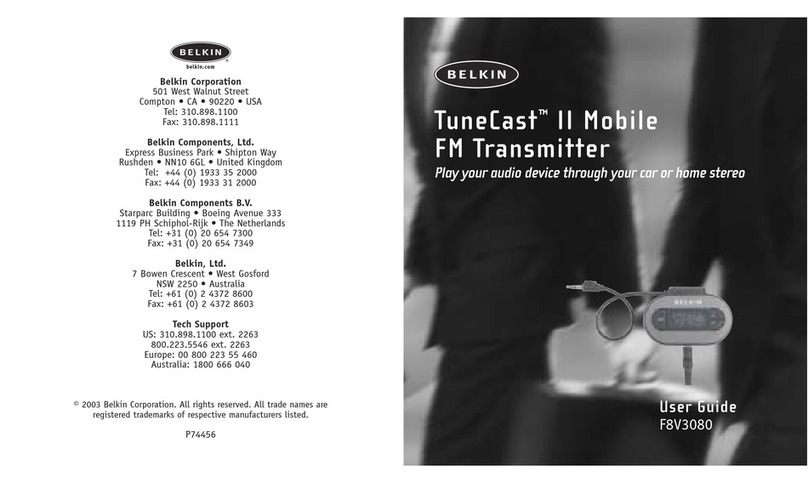
Belkin
Belkin F8V3080 - TuneCast II Mobile Transmitter user guide
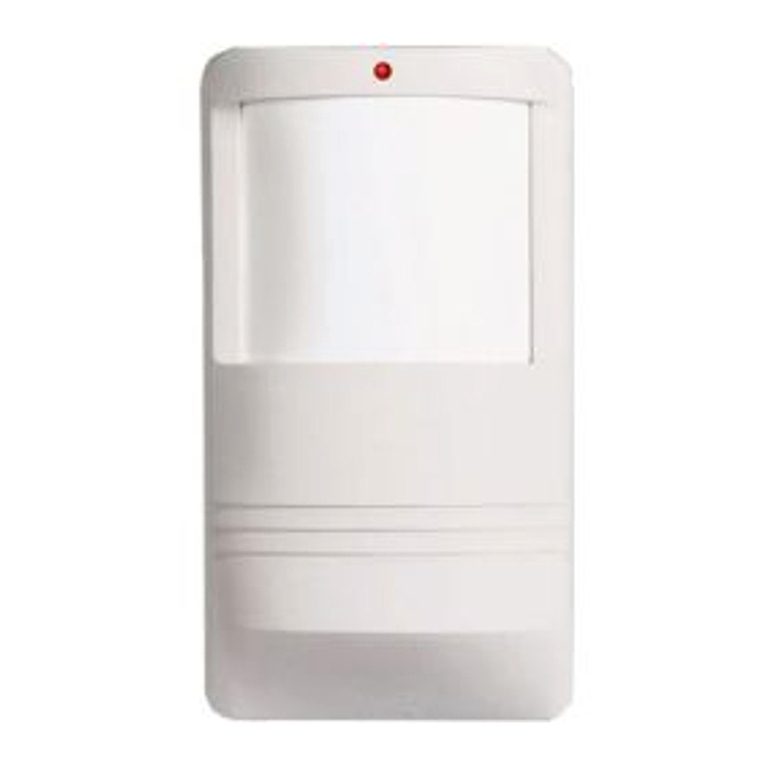
NAPCO
NAPCO GEM-PIR user manual

Inovonics
Inovonics EchoStream EN1223S-15 Installation and operation manual
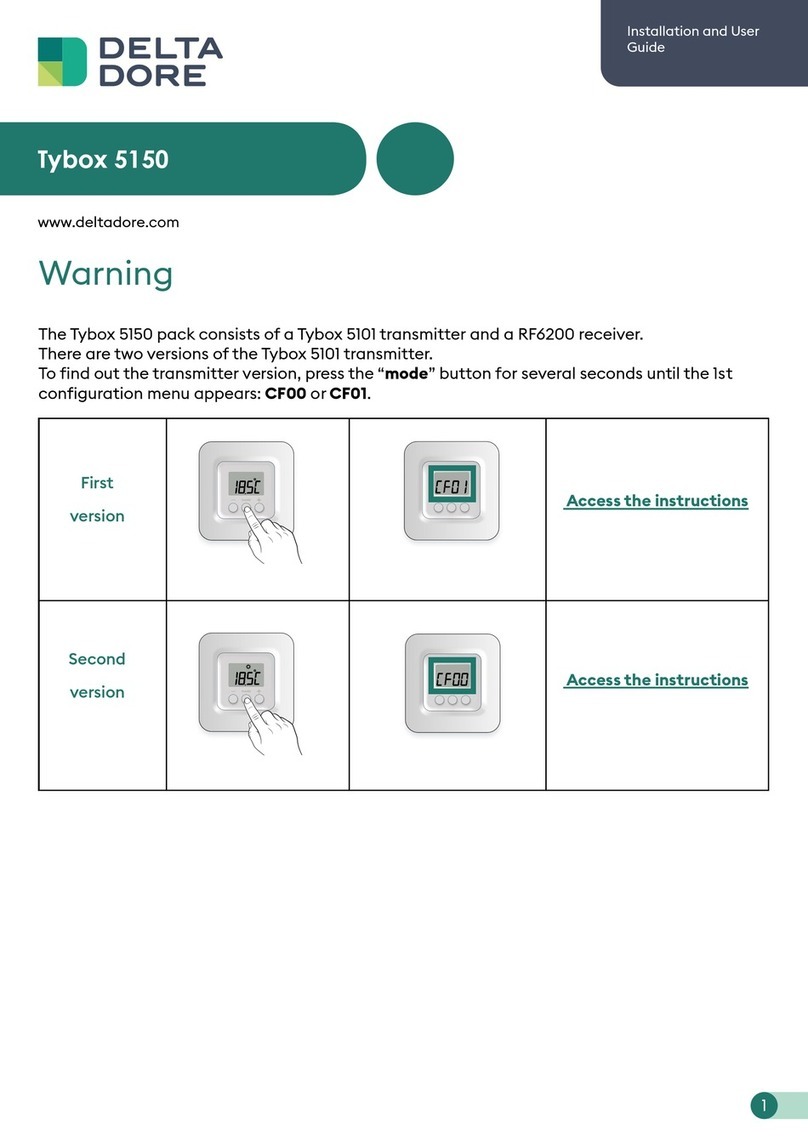
DELTA DORE
DELTA DORE TYBOX 5150 Installation and user guide

Converters.TV
Converters.TV 15125 Operation manual
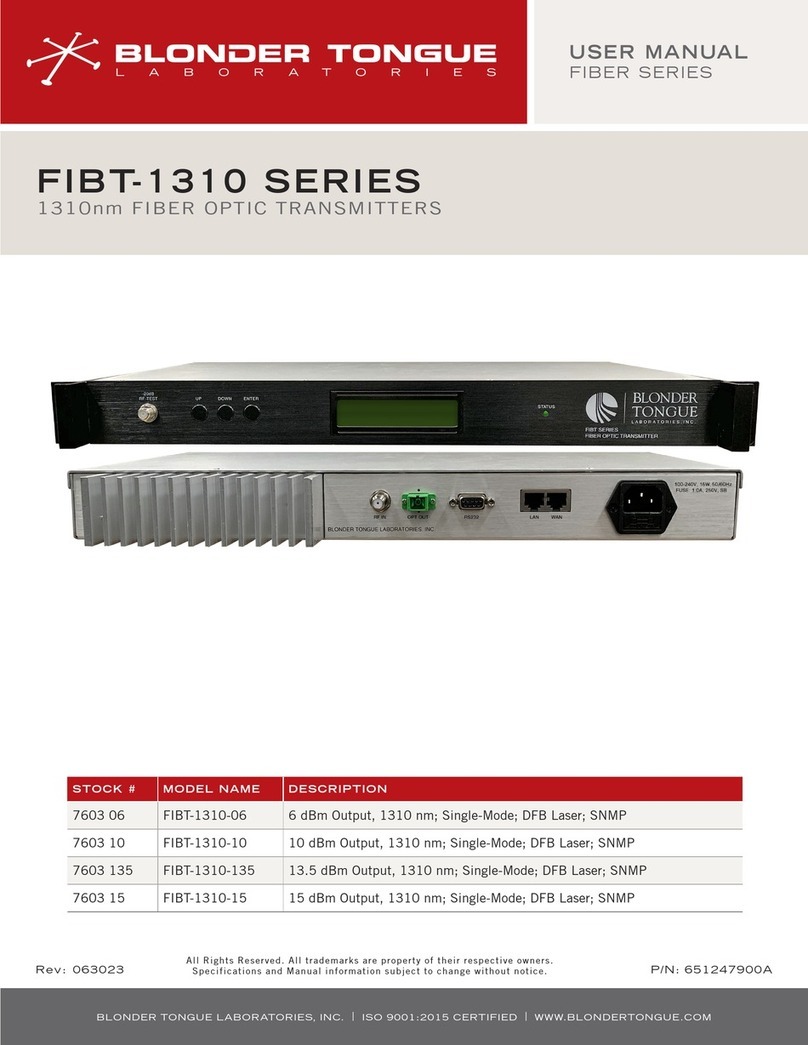
Blonder tongue
Blonder tongue FIBER Series user manual

